The World of the Civil War
Recent Title in
Daily Life Encyclopedias
The World of Ancient Rome: A Daily Life Encyclopedia
James W. Ermatinger
Copyright 2015 by ABC-CLIO, LLC
All rights reserved. No part of this publication may be reproduced, stored in a retrieval system, or transmitted, in any form or by any means, electronic, mechanical, photocopying, recording, or otherwise, except for the inclusion of brief quotations in a review, without prior permission in writing from the publisher.
Library of Congress Cataloging-in-Publication Data
The world of the Civil War : a daily life encyclopedia / Lisa Tendrich Frank, editor.
pages cm. (Daily life encyclopedias)
Includes bibliographical references and index.
ISBN 978-1-4408-2978-9 (alk. paper) ISBN 978-1-4408-2979-6 (EISBN) 1.United StatesHistoryCivil War, 18611865Social aspectsEncyclopedias. 2.United StatesSocial life and customs17831865Encyclopedias.I.Frank, Lisa Tendrich.
E468.9.W7532015
973.7003dc232014046268
ISBN: 978-1-4408-2978-9
EISBN: 978-1-4408-2979-6
191817161512345
This book is also available on the World Wide Web as an eBook.
Visit www.abc-clio.com for details.
Greenwood
An Imprint of ABC-CLIO, LLC
ABC-CLIO, LLC
130 Cremona Drive, P.O. Box 1911
Santa Barbara, California 93116-1911
This book is printed on acid-free paper 
Manufactured in the United States of America
For Daniel, Noah, and Shayna, with love
Contents
As much as the Civil War era was about battles and freedom, warfronts and home fronts, enslaved African Americans and the peculiar institution of slavery, it was also about much more. The World of the Civil War: A Daily Life Encyclopedia explores these experiences through more than 230 entries that have been organized into ten interrelated categoriesArts; Clothing, Fashion, and Appearance; Economy and Work; Family Life and Gender Roles; Food and Drink; Housing and Community; Politics and Warfare; Recreation and Social Customs; Religion and Beliefs; and Science and Technology. These categories and the related entries they include provide the context and background for the military narratives that most commonly get retold as the history of the Civil War. They, along with a series of related primary documents, allow these two volumes to reveal the multilayered meanings of the nation during the war.
Arts. The entries in the Arts section highlight the ways that nineteenth-century Americans interpreted the events around them and understood their world. These entries cover topics that include literature, newspapers, dance, music, and photography. Each of these aspects of nineteenth-century life reveals elements of what it was like to live during the Civil War.
Clothing, Fashion, and Appearance. This section allows readers to better visualize how nineteenth-century Americans looked. Their dress, although varied by age, class, race, and region, had similarities. Fashion magazines like Godeys Ladies Book dictated much of the style of the time. War, too, shaped peoples sense of fashion; shortages led to the reuse of old styles as well as a dependence on homespun.
Economy and Work. Nineteenth-century America had a varied landscape and economy. Although rural farms and plantations dominated the Southern slaveholding economy, factories and urban areas proved dominant in the North. The Economy and Work section offers insight into the various ways that people worked and survived during this period. Entries on the work of seamstresses, artisans, factory workers, farmers, and others show how different peoples lives could be from each other. In addition, this section contains entries on war-specific work. Camp followers found positions as laundresses, cooks, and prostitutes. Sutlers sold their wares to the soldiers. In addition, women on their respective home fronts took jobs for the Confederate and U.S. governments.
Family Life and Gender Roles. The fourth section explores how family and gender shaped the ways nineteenth-century Southerners and Northerners saw the world around them. This section highlights the ways that these aspects of life affected and were affected by men and women, children and adults, free people and enslaved people. From childhood, Americans were taught to understand things in a way that was specific to their region and sex. Girls were dressed like and taught to behave like their mothers. Fathers taught young men to hunt, run the farm, and participate in male culture. Race affected families as well. Enslaved African American were often sold away from their blood relations and had to form kinship networks within their plantation group.
Food and Drink. The entries on food and drink in this section illuminate the different types of nourishment that people ate and drank based on their class, race, culture, and region. Some of the differences in food resulted from the availability of certain items in specific regions, such as watermelon in the South. Others owed their prominence to cultural ideas about how to prepare it. The Civil War forced many people to change their dietary habits in response to shortages of antebellum staples. Coffee and sugar shortages, for example, led many Americans to seek out creative substitutes for items that resembled these luxuries. Food shortages also led to bread riots, especially in urban areas around the Confederacy.
Housing and Community. The entries in this section examine the types of buildings and people that made up communities in the Confederacy and the Union. With its rural focus, the Confederacy had more farms and plantations than did the more urbanized Union, whose cities had row houses, factories, and marketplaces. This section also explores how the Civil War disrupted families and communities. The wartime destruction of houses and threats to civilians forced many people to leave their homes and become refugees in other communities.
Politics and Warfare. Nineteenth-century Americans both shaped and were shaped by the politics and warfare of their era. Debates over slavery dominated the political arena and ultimately led to war. Civilians could not escape from the problems of the war. In the South, backyards frequently became battlefields. In addition, sieges and bombardments brought the battle directly to many people.
Recreation and Social Customs. Even with a war going on around them, people in the Union and the Confederacy found ways to relax and maintain some sense of normalcy. Entries in this section describe the ways in which nineteenth-century Americans entertained themselves. During the war, balls, fund-raising bazaars, theatrical shows, concerts, and sporting events continued to play a role in peoples lives.
Religion and Beliefs. The section details the various spiritual ideas and rituals that governed the lives of nineteenth-century Americans. Faith played a prominent role in helping all people, regardless of race, age, region, or religion. As Americans dealt with the deadliest war their country had known up to that time, they turned to faith and religion to make sense of it. Some participated in religious revivals within the military, and others renewed their faith on the home front. Those on the home front as well as on the battlefield dwelt on ideas about the afterlife, crafted eulogies for the deceased, and otherwise mourned the loss of their soldiers. Many Americans even interpreted the war itself as a divine act of judgment.

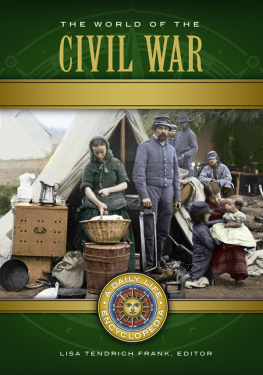
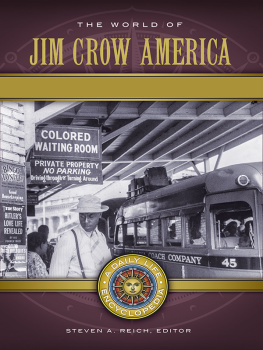
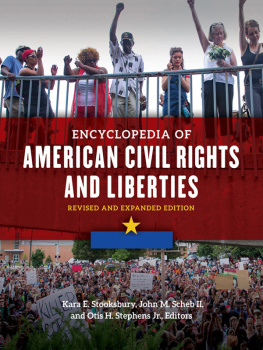
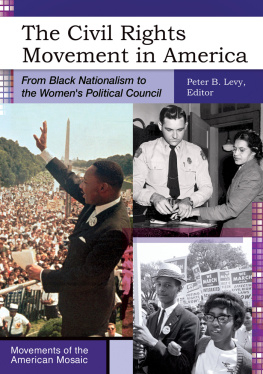


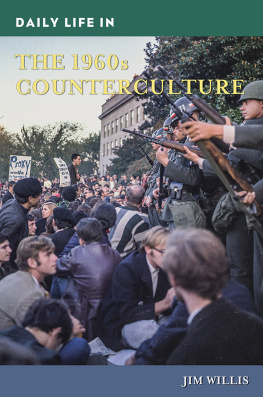
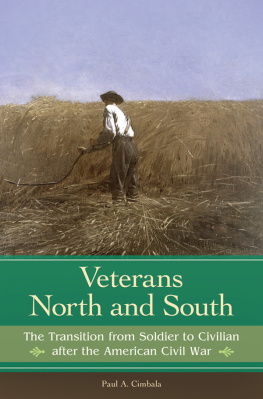
![Michael Lovano - The World of Ancient Greece: A Daily Life Encyclopedia [2 Volumes]](/uploads/posts/book/268736/thumbs/michael-lovano-the-world-of-ancient-greece-a.jpg)

